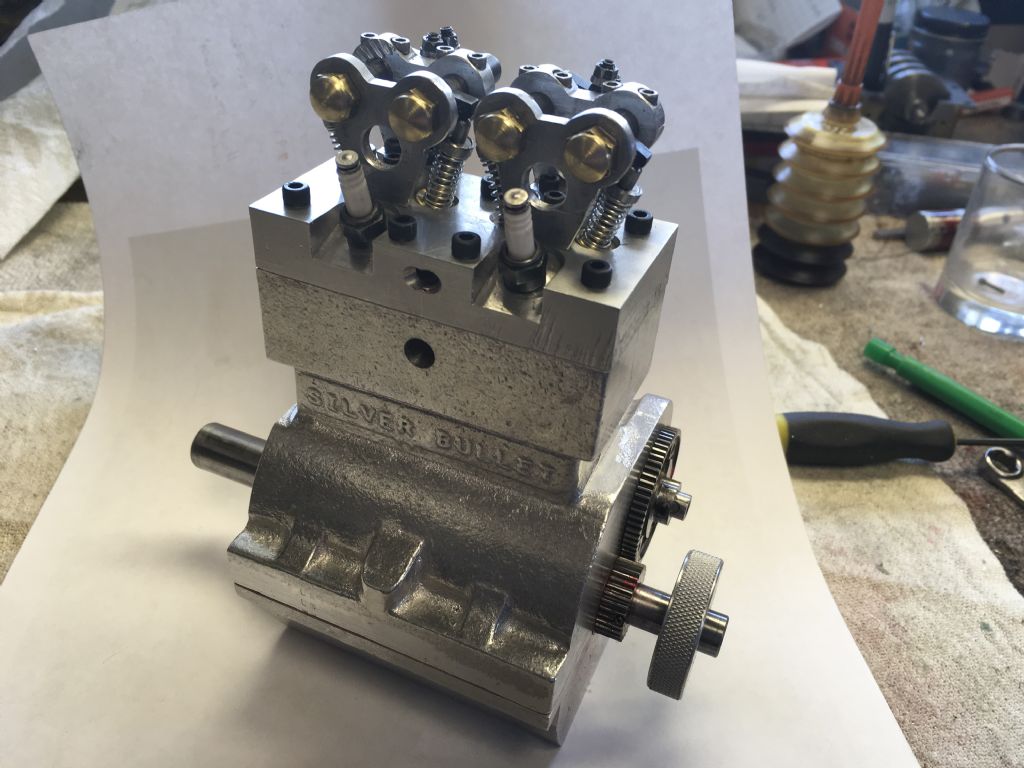Piston Rings are intended to minimise leakage. the actual volume of leakage will depend on the pressure difference, and the time for which it exists.
Thus, a car engine with low compression, due to worn bores and rings will be difficult to start, but will run fairly well at high speeds. Similarly, a small compression ignition engine may run beautifully at 12,000 rpm, but be be right pig to start, for just that reason.
Engines of around 1 litre per cylinder work with piston bore clearances of the order of 0.001" But the pistons are not round, they will be tapered and oval to accommodate the temperature gradients within the piston, especially when run at full load at rated speed. And every configuration and marque will be different
So one cannot completely read across from full size practice into engines with much smaller bores!
Which is why clearances are often quoted as " a thou per inch" or something similar.So here we are dealing with very small dimensions, hence the use of honing in many cases.
With regard to oil slobber, the scraping feature of piston rings can be induced in various ways. By slanting the ring groove, (unusual ) by tapering the face of the ring, or by chamfering or stepping the inner diameter of the ring. These latter persuade the ring to twist, to present a sharp edge to the bore, and so scrape the oil.
As Dr Dykes said, many years ago, a ring can be upward scraping, or downward scraping; so care is needed to fit the ring the right way up! And we are not going into wall pressures or surface finish / honing patterns on bores!
Howard
 Jon Lawes.
Jon Lawes.




